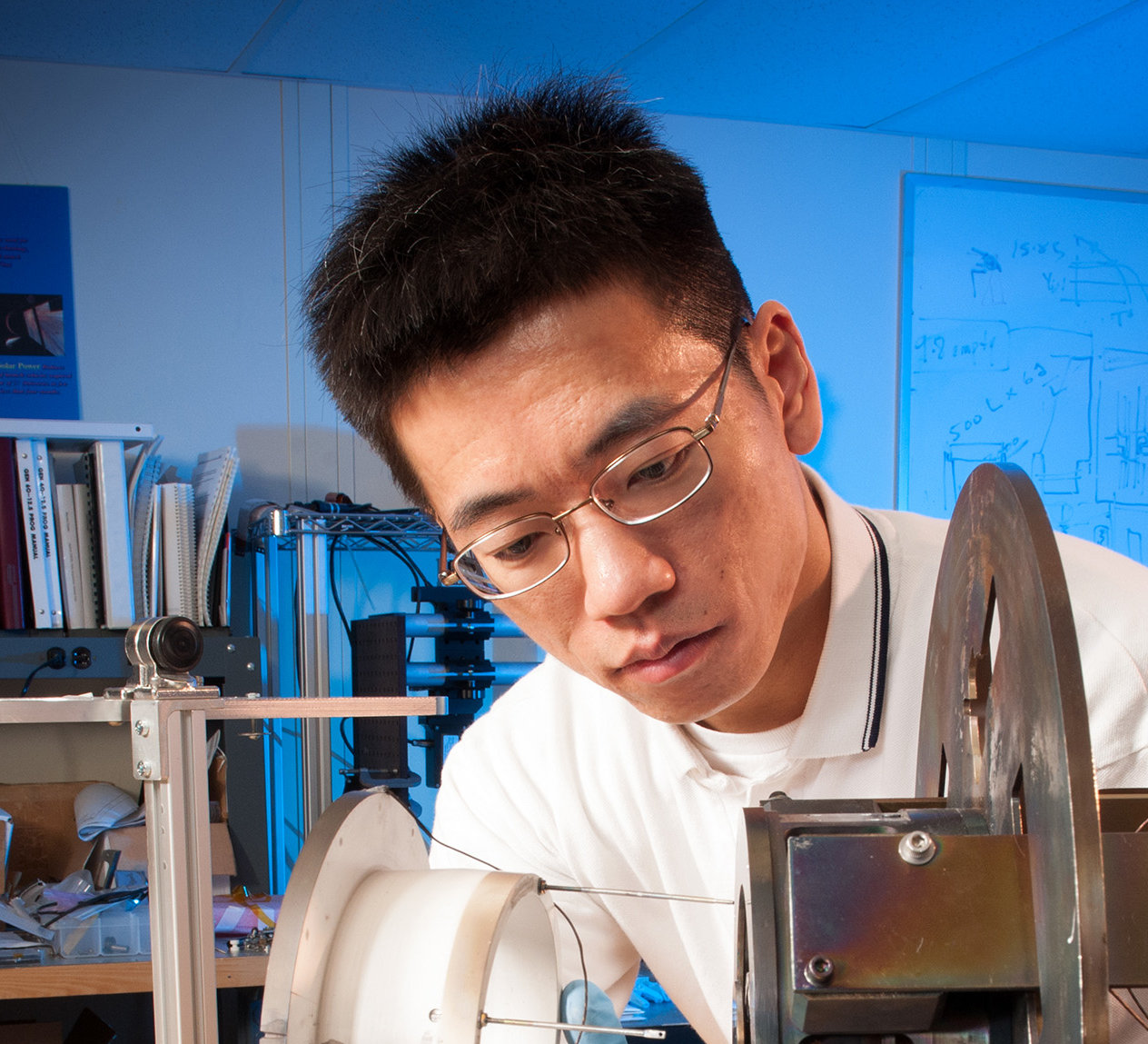
MIPSE Seminar
Plasma Diagnostics Package for Studying High-Power Hall Thrusters in Flight
Add to Google Calendar

Abstract
NASA is preparing to demonstrate high-power electric propulsion on the Power and Propulsion Element (PPE), the first element of a human-operated Gateway station that will orbit the Moon. The Hall thrusters (HTs) being flown on the PPE will operate at three times the power of current state-of-the-art HTs and utilize magnetic shielding, which greatly increase the wear life of the thrusters. Associated with these advances in technical capability are uncertainties regarding the plasma properties of the exhaust plume, particularly the low density plume exiting sideways from the thrusters. To better predict the erosive power of the plasma plume and how the plume might interact with the PPE and future spacecraft, NASA is flying the Plasma Diagnostics Package (PDP). The PDP data will refine plasma models for predicting the behavior of high-power HT systems on future missions. This presentation will describe a brief history of the PDP project, basic Hall thruster plume physics, the plasma physics behind the PDP sensor design, and current status of the PDP project.
About the Speaker
Wensheng Huang received a PhD in Aerospace Engineering from the University of Michigan in 2011 and BS degrees in Mechanical and Nuclear Engineering from the University of California, Berkeley in 2006. His dissertation was on the use of optical diagnostics to study Hall thruster erosion under the tutelage of Prof. Alec D. Gallimore. Wensheng is currently a researcher in the Electric Propulsion Systems branch at the NASA Glenn Research Center. He is the Principle Investigator for the Plasma Diagnostics Package (PDP) that will be flying on the Power and Propulsion Element (PPE), the first element of NASA’s Moon-orbiting Gateway. He is also the diagnostics lead for the Solar Electric Propulsion Hall thruster project, which will also be flying on the PPE.
 MENU
MENU 
